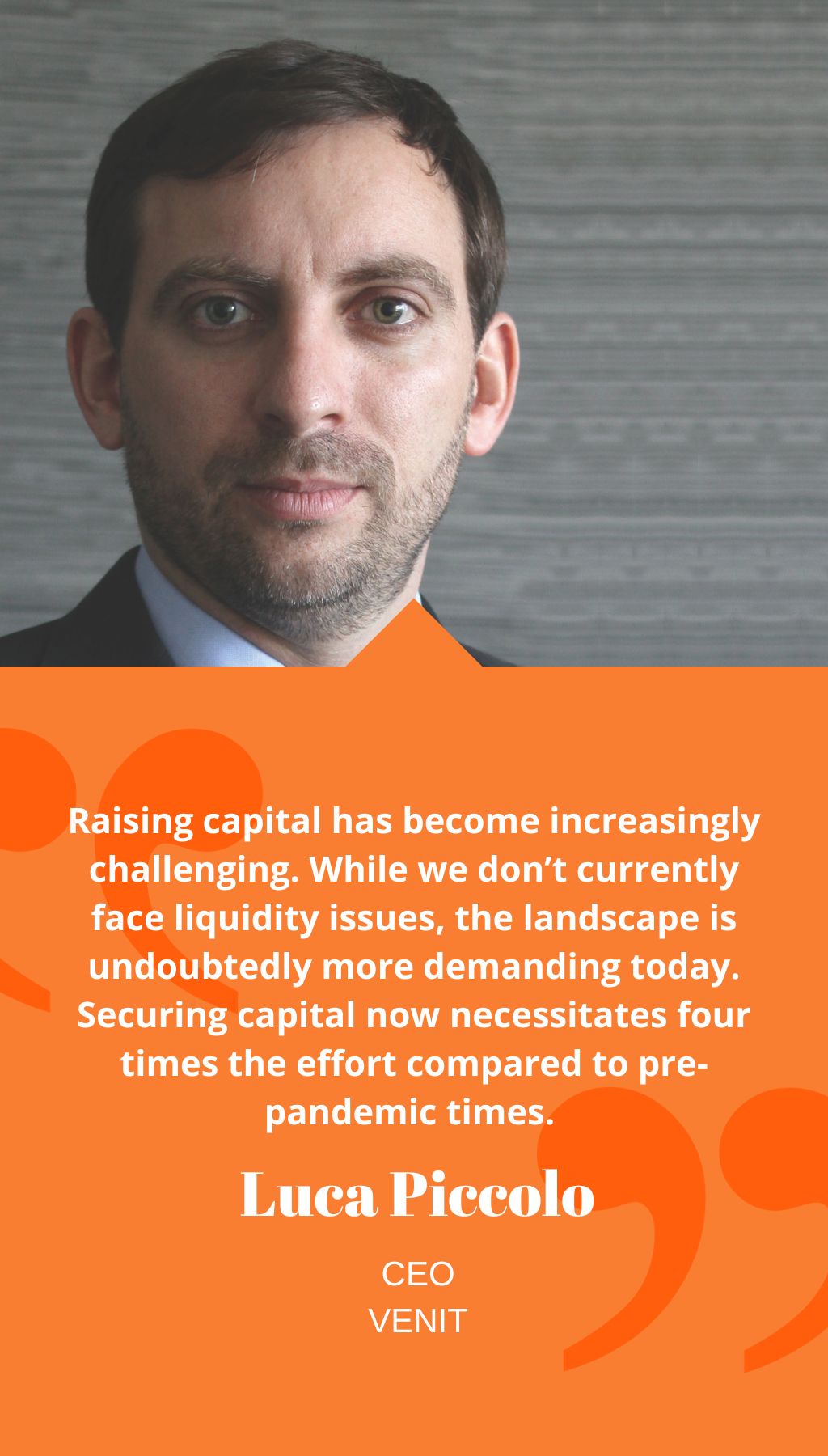
- Mexico | 25 March 2023

What are your thoughts on the current state of Mexico’s real estate industry?
I believe we’re looking at another couple of years where we’ll be navigating adaptation, embracing changes, and attempting to decipher the ultimate aftermath of not only the pandemic but also the impact of inflation and the soaring costs of materials, particularly steel. These transformations across construction and other sectors will undoubtedly reshape consumer behaviors. Managing spending capacity and ensuring quality amidst these changes will pose a significant challenge in the years ahead. However, amidst these challenges, there are intriguing opportunities emerging.
Industrial logistics within the real estate sector is experiencing a notable surge due to various factors such as the new trade agreement with the US and Canada, the pandemic’s effects, the nearshoring trends, and other contributing factors. Industrial growth has hit unprecedented levels, and I anticipate this trend to persist for an extended period. The fascinating aspect here is observing how this boom will influence other real estate domains like offices, retail, and notably, housing. The most substantial shift in the upcoming years will likely occur in the housing sector.
What types of projects is your company currently involved in?
In response to the pandemic, we’ve pivoted our strategic focus away from solely housing developments, specifically honing in on vertical housing spaces. While we have retail and office projects in our pipeline, they are not our primary focus at the moment. We’re actively studying the evolving retail landscape, and there are numerous queries concerning the nature of office spaces. Intriguing trends are surfacing in both arenas. The emergence of growth in secondary cities is remarkable; Querétaro stands as a prime example, alongside Tijuana, Mérida, and San Luis Potosí. Additionally, tourism plays a pivotal role in Mexico’s real estate, especially in areas like the Caribbean and the Pacific, particularly in the continuous expansion and evolution of the Riviera Maya.
What price points are you targeting for your housing projects?
We aim to provide diverse pricing options, catering to mid-high to upper-range segments across various projects. Furthermore, we’re exploring slightly lower price brackets to accommodate the middle-class, below MXN2 million. Our focus remains on vertical housing, presenting an intriguing challenge amid escalating costs, inflation, and higher interest rates, inevitably impacting credits and mortgages. It’s uncertain how the market will adapt to these shifts; however, mid-range homes continue to be one of the fastest-growing segments, offering substantial opportunities due to product scarcity.
What level of demand are you witnessing for your housing projects?
Raising capital has become increasingly challenging. While we don’t currently face liquidity issues, the landscape is undoubtedly more demanding today. Securing capital now necessitates four times the effort compared to pre-pandemic times. I foresee this trend continuing, at least until the next federal election. Conversely, there’s an influx of foreign investment notably directed towards industrial real estate, presenting somewhat contrasting signals.
What’s on the horizon for Venit?
We are observing a fascinating shift, particularly in housing. Multi-family developments hold immense potential, and we are keen on expanding within this niche. We’re actively involved in several projects involving multi-family investments. While major operators are eyeing Mexico City due to its volume and demand, smaller groups also stand a chance in places like Querétaro, where demographic factors suggest a burgeoning housing demand. This isn’t just isolated to Querétaro; Mexico, as a whole, is experiencing significant internal mobility, indicating substantial potential nationwide.














